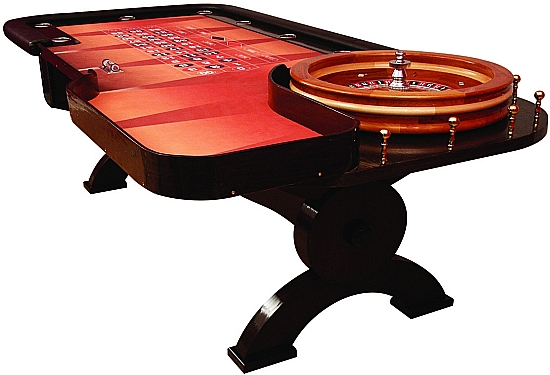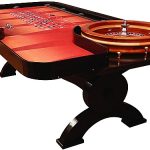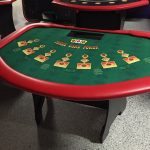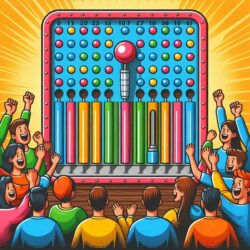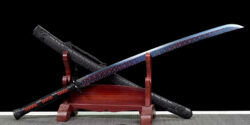Roulette Table
Roulette has offered glamour, mystery, and excitement to casino-goers since the 17th century. The game is popular in casinos worldwide in part because its rules are relatively simple and easy-to-understand. However, roulette also offers a surprising level of depth for serious betters.
Roulette is a casino game named after the French word meaning little wheel. In the game, players may choose to place bets on either a single number or a range of numbers, the colors red or black, or whether the number is odd or even.
To determine the winning number and color, a croupier spins a wheel in one direction, and then spins a ball in the opposite direction around a tilted circular track running around the circumference of the wheel. The ball eventually loses momentum and falls onto the wheel and into one of 37 (in French/European roulette) or 38 (in American roulette) colored and numbered pockets on the wheel.
Roulette players have a variety of betting options. Placing inside bets is either selecting the exact number of the pocket the ball will land in, or a small range of pockets based on their proximity on the layout. Players wishing to bet on the ‘outside’ will select bets on larger positional groupings of pockets, the pocket color, or whether the winning number is odd or even. The payout odds for each type of bet are based on its probability.
The roulette table usually imposes minimum and maximum bets, and these rules usually apply separately for all of a player’s inside and outside bets for each spin. For inside bets at roulette tables, some casinos may use separate roulette table chips of various colors to distinguish players at the table. Players can continue to place bets as the ball spins around the wheel until the dealer announces “no more bets.”
When a winning number and color is determined by the roulette wheel, the dealer will place a marker, also known as a dolly, on that winning number on the roulette table layout. When the dolly is on the table, no players may place bets, collect bets, or remove any bets from the table. The dealer will then sweep away all other losing bets either by hand or rake, and determine all of the payouts to the remaining inside and outside winning bets. When the dealer is finished making payouts, the marker is removed from the board where players collect their winnings and make new bets.
